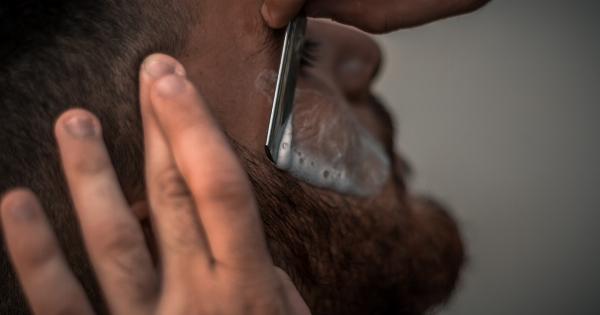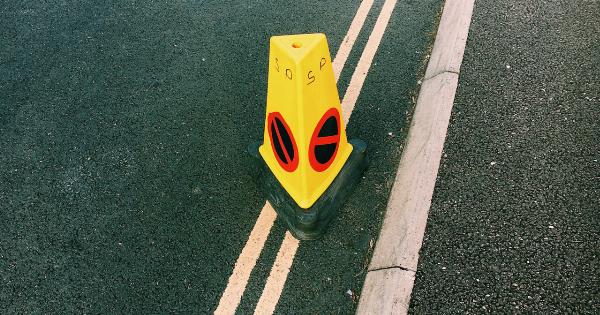Interacting with dogs and cats can be a wonderful experience, as these animals bring joy and companionship to many people’s lives. However, even the friendliest pets can bite or scratch when they feel threatened or agitated.
Being bitten by a dog or scratched by a cat can be a painful and potentially dangerous experience. In such situations, it is important to stay calm and take immediate action to ensure your safety and prevent infection or further harm. This article provides a comprehensive guide on what to do when bitten by a dog or cat.
Assess the Extent of the Injury
The first step after being bitten or scratched is to assess the severity of the injury. If the wound is superficial, meaning it only breaks the skin without causing significant damage, you can typically treat it at home.
However, if the wound is deep, bleeding heavily, or if you are unsure about its severity, it is advisable to seek medical attention. Deep wounds may require stitches, and a healthcare professional should evaluate the risk of infection.
Control the Bleeding
If the wound is bleeding profusely, your immediate priority should be to control the bleeding. Apply gentle pressure to the wound using a clean cloth or bandage. Elevate the injured area if possible, as it helps reduce blood flow to the site.
If the bleeding does not stop within 10 to 15 minutes, or if the bleeding is spurting, it is crucial to seek medical assistance immediately.
Wash the Wound
Once the bleeding has been controlled, it is important to thoroughly cleanse the wound to minimize the risk of infection. Wash the injured area with mild soap and warm water. Gently remove any foreign debris or dirt.
Avoid using harsh antiseptics or irritating substances, as they may slow down the healing process or cause additional tissue damage.
Apply an Antiseptic
After cleaning the wound, apply an antiseptic solution such as hydrogen peroxide or povidone-iodine. These substances help kill bacteria that may have entered the wound, reducing the risk of infection.
Use a clean cotton ball or sterilized gauze pad to apply the antiseptic gently. Be careful not to further irritate the wound while doing so.
Dress the Wound
After cleaning and applying the antiseptic, cover the wound with a sterile bandage or dressing. This helps protect the wound from dirt, further injury, and bacteria.
Change the dressing regularly according to the recommended schedule or when it becomes dirty or damp. If the wound is large or in a location where dressings are difficult to apply, consult a healthcare professional for guidance.
Monitor for Signs of Infection
Keeping a close eye on the wound for any signs of infection is crucial. Watch for symptoms such as increased pain, redness, swelling, warmth, or the presence of pus.
Additionally, if you notice any fever, chills, or swollen lymph nodes near the wound, it could be a sign of infection. If any of these signs occur, it is important to seek medical attention promptly as antibiotics may be necessary.
Consider Rabies Vaccination
When bitten by an unfamiliar or stray dog or cat, it is important to consider the risk of rabies. Rabies is a viral infection that affects the nervous system and can be fatal if left untreated.
If you are unsure about the animal’s vaccination history or if it shows signs of unusual behavior, seek medical attention immediately. A healthcare professional will assess the risk and may recommend a rabies vaccination regimen.
Report the Incident
After taking care of your immediate health concerns, it is important to report the incident to the relevant authorities. Contact local animal control or the nearest non-emergency police number to inform them about the bite.
Providing accurate information about the incident helps facilitate appropriate action, such as locating the animal, verifying its vaccination status, and ensuring public safety.
Preventing Future Incidents
While being bitten by a dog or scratched by a cat can be an unfortunate event, there are steps you can take to minimize the risk of future incidents. Here are a few preventive measures:.
- Always approach unfamiliar animals cautiously and ask the owner for permission before attempting to pet them.
- Avoid sudden movements, loud noises, or actions that may startle or provoke the animal.
- Avoid disturbing animals when they are eating, sleeping, or caring for their young.
- Teach children how to interact safely with dogs and cats, emphasizing the importance of gentle touch and reading the animal’s body language.
- Consider attending a pet first aid and CPR course to equip yourself with the knowledge and skills to respond effectively in an emergency.
- If you are uncomfortable or uncertain about an animal’s behavior, maintain a safe distance or seek assistance from a professional.
Conclusion
Being bitten by a dog or scratched by a cat can be a distressing experience, but knowing how to respond appropriately can help ensure your safety and minimize the risk of complications.
Assess the severity of the injury, control bleeding, wash the wound, apply an antiseptic, and dress it appropriately. Keep a close eye on the wound for signs of infection and seek medical attention if necessary. Consider rabies vaccination if bitten by an unfamiliar animal, and report the incident to the relevant authorities.
By taking preventive measures and respecting animals’ boundaries, you can reduce the risk of future incidents and maintain a harmonious relationship with pets.































